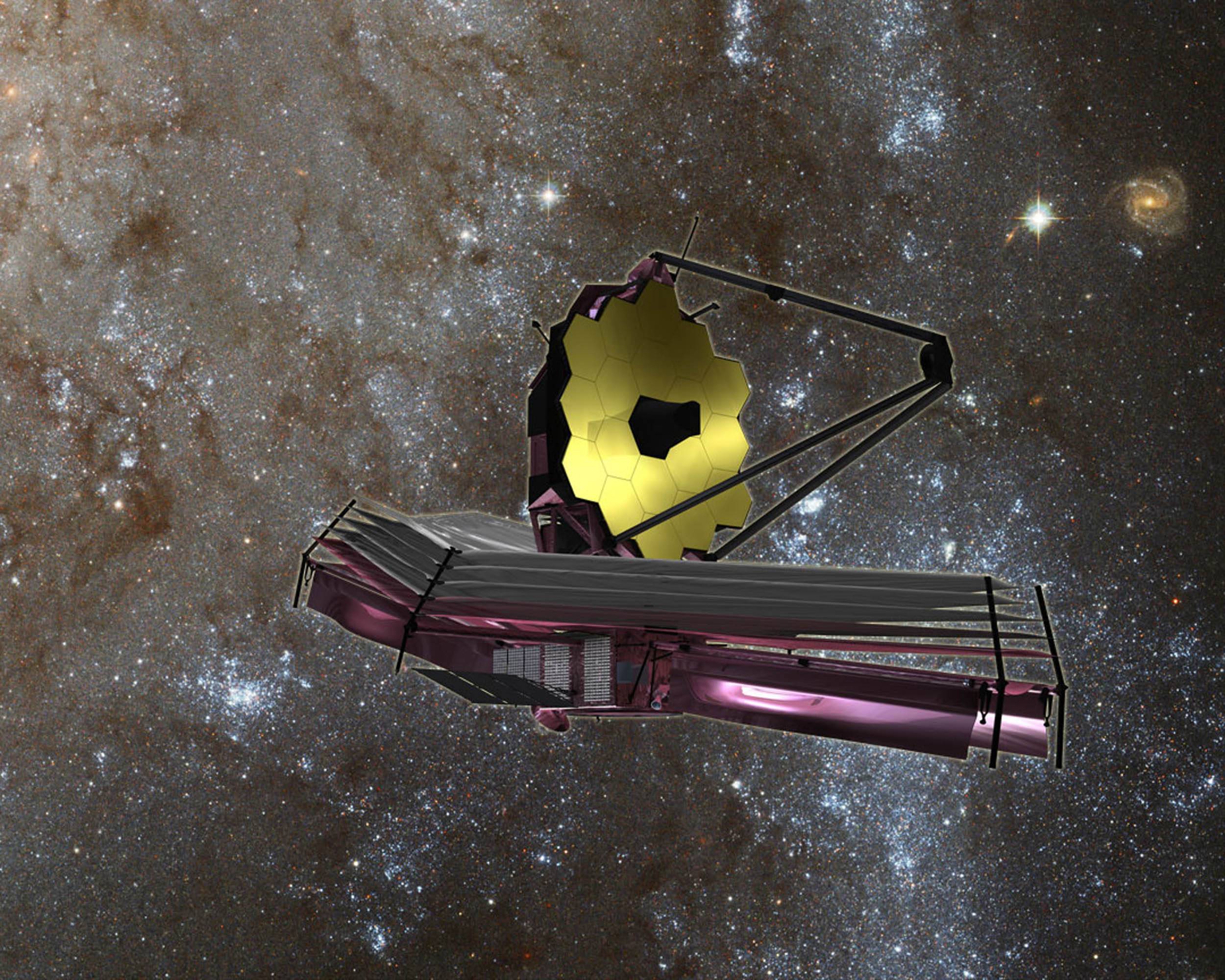NASA's James Webb Space Telescope, designed to give the world an unprecedented glimpse of infant galaxies in the early stages of the universe, arrived at its gravitational parking spot in orbit around the sun on Monday, nearly a million miles from Earth.
With a final five-minute, course-correcting thrust of its onboard rocket, Webb reached its destination at a position of gravitational equilibrium known as the second Sun-Earth Lagrange point, or L2, arriving one month after launch, NASA officials said.
The thruster was activated by mission control engineers at the Space Telescope Science Institute in Baltimore, with radio signals confirming Webb was successfully "inserted" into its desired orbital loop around L2.



















With your current subscription plan you can comment on stories. However, before writing your first comment, please create a display name in the Profile section of your subscriber account page.